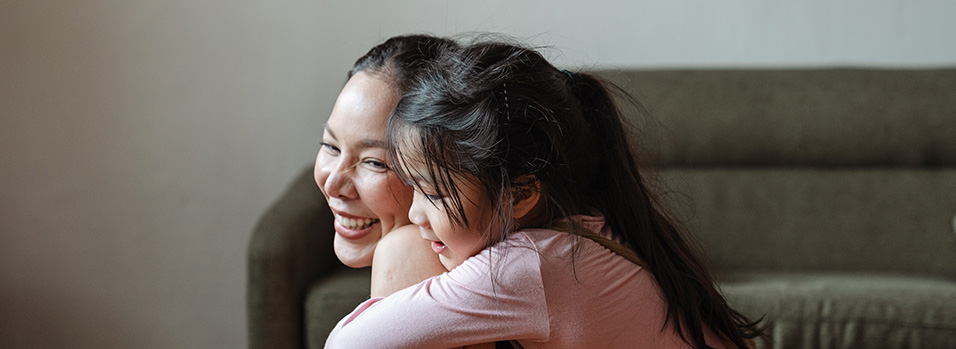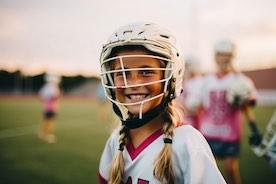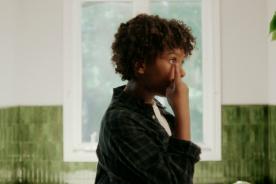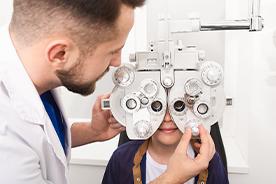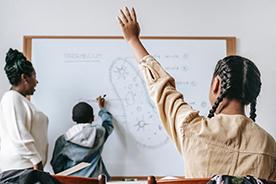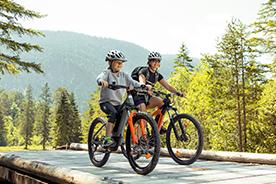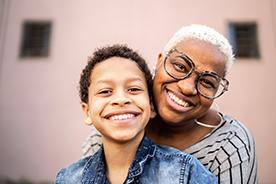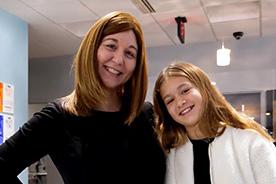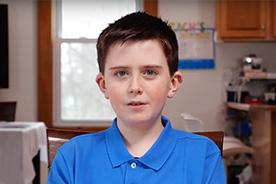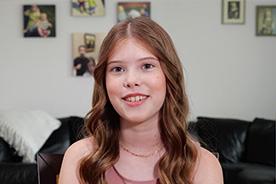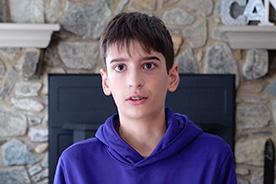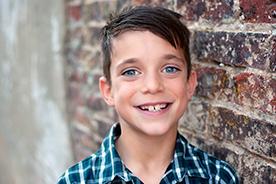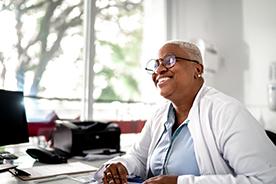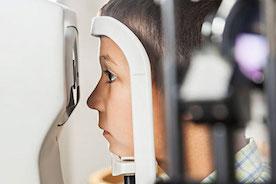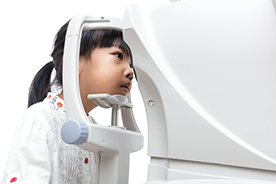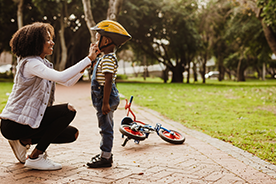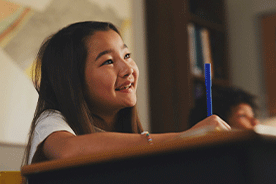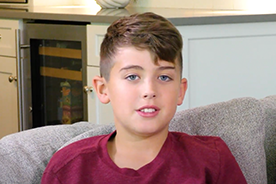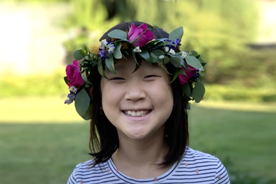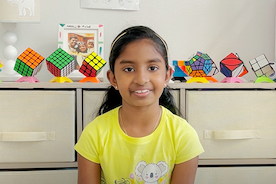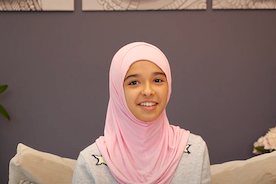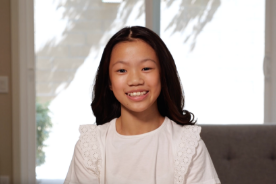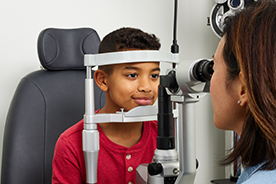While nearsightedness (also known as myopia) can’t be cured, there are many options families can choose from to better control nearsightedness from getting worse as their children grow. Some—like lifestyle changes, better sleep and getting treatment if needed at annual eye exams starting in infancy —are within your control. But others aren’t, like genetics and how fast your child’s eyes grow, which are different for each child, similar to their ultimate height and weight.
The more you understand nearsightedness and the treatment options available to you, the more confident you will be to take action for your child.
Understanding how your child’s myopia develops
Myopia usually develops in childhood, around ages 5 to 14, and continues to worsen until early adulthood.1 The eye tends to grow most rapidly during the preschool and early elementary school years, and myopia onset at a younger age is associated with more rapid progression.2
The very first thing you can do for your child’s eyesight is know what to look for early on. Is your child struggling to see the board at school? Do you notice them squinting when looking at objects in the distance? Are they sitting closer than usual to the television or holding their iPads close to their face? If so, myopia could be the cause.1 Complaining about blurred vision and headaches can often be an early symptom. That said, some children with myopia may not have any signs or symptoms at all, which is why following the recommended exam schedule is so important.
Does nearsightedness get worse as kids get older?
“Does myopia get worse as kids get older?” is a common question, and for good reason. In short, the answer is yes. Myopia does get worse with age.1
“The younger a child is, the faster it gets worse, and there’s a gradual slowing as they get older,” said Dr. Kwan, OD, FAAO, Senior Manager of Myopia Management at CooperVision.2 “There’s a scientific paper that quotes that myopia progression lessens by 15% every year the child gets older, but this distracts from the fact that we need to focus on both the age and the prescription, not just the gradual slowing itself.3 For the best chance at good long-term eye health, we should hopefully be at -3.00 or less by the time they graduate high school.”3
What influences nearsightedness/myopia progression?
Screen time influences your child’s myopia, especially since kids who are on screens are typically indoors, and reduced time outdoors can have an impact on the development of myopia in children.4-6 The American Academy of Ophthalmology notes that too much time indoors can increase a child’s risk for nearsightedness, while studies show that more time outdoors in natural light reduces that risk.7
“Ethnicity plays a small part, and that’s loosely tied with genetics, but they still can’t pin down an exact gene or cluster of genes,” Kwan said. “So, it’s really the lifestyle things, like near-work—intensity, time spent and how close things are held—that influences progression, as well as the amount of exposure to bright light.”
There isn’t a great body of evidence about how nutrition may affect myopia development and progression, but there is good evidence that sleep also influences myopia progression.8
“The time you go to sleep and how long you sleep, as a child, impacts myopia,” Kwan said. “If they are in bed before 9:30pm and sleep at least eight hours that is best. If they are up past 10:00pm and sleep less than 8 hours, that’s more risk-inducing.”
Tips for managing myopia progression with your child
A child’s eyes go through rapid development and changes, especially in the first six years of their life.9 But fewer than 15% of preschool children receive an eye exam by a professional, according to the Centers for Disease Control and Prevention.9 That’s another reason following the recommended eye exam schedule starting at infancy is so important.
“Believe it or not, a child should get their first eye exam when they’re 6-12 months old; the optometric community has a program for that called InfantSEE,” Dr. Kwan said. “From there, they need another complete eye exam at age 3, prior to entering kindergarten and every year thereafter. During this time, their eyes are growing so much, and we really need to make sure they are seeing clearly and comfortably so they have the best shot at learning efficiently. During these fast-learning years, if their vision development or eye development is off track, there are ways for optometrists to determine that and get them back on track. The first step is to schedule a comprehensive eye exam.”
Dr. Kwan’s recommendation is supported by the American Optometric Association (AOA), which also
recommends children receive comprehensive eye exams on a regular schedule that begins before you might think—in infancy.9
Dr. Kwan also recommends taking children on errands and to the park to help reduce the risk of developing myopia. Even in that short time, they’ll be outside a little more than they would be otherwise.
There’s more reassuring news. Until recently, traditional glasses and contact lenses in the U.S. were only designed to make blurry vision clear again, temporarily. That changed with the introduction of MiSight® 1 day, a contact lens that’s clinically proven to slow the progression of myopia in age-appropriate children.9 These daily wear, single-use contact lenses are the first and only FDA-approved* lenses to slow the progression of myopia when prescribed for children 8-12 years old at the initiation of treatment.†‡10

